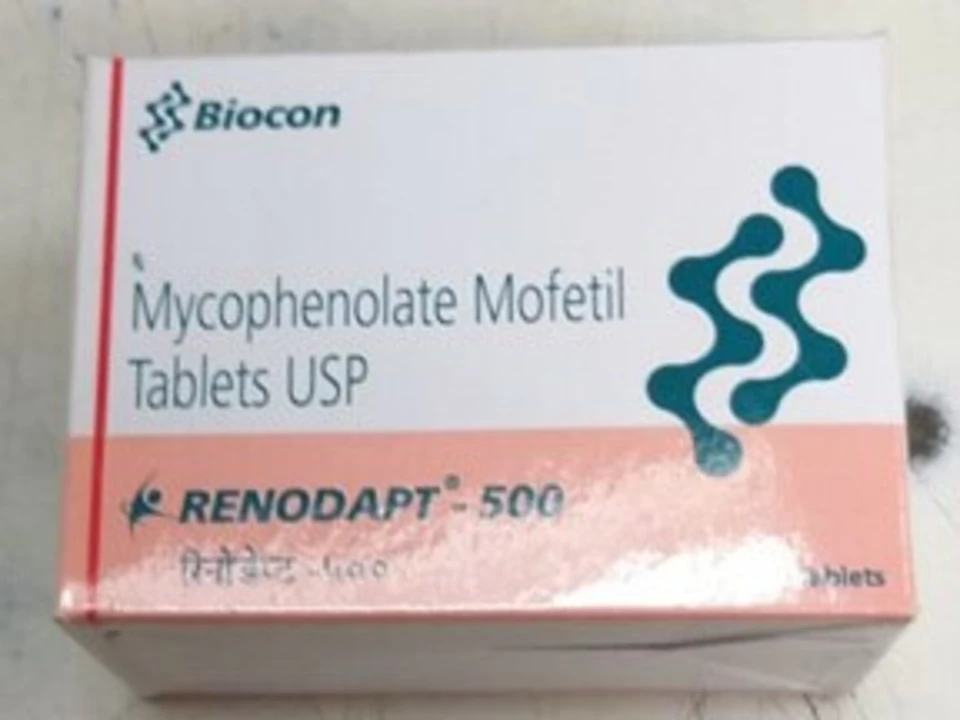About 2–3% of people get psoriasis at some point. If you see red, scaly patches that come and go, it’s likely psoriasis — an immune-driven skin condition, not just dry skin. This page gives clear, practical steps: how to spot it, common triggers, real treatment options, and simple care tips you can use today.
Psoriasis happens when the immune system speeds up skin cell turnover, causing thick, scaly plaques. Genetics play a role, but triggers decide when it flares. Common triggers include stress, strep throat (especially for sudden guttate psoriasis), certain medicines (like beta-blockers or lithium), heavy drinking, smoking, infections, and weight gain. Even skin injuries — a cut or sunburn — can spark lesions in that spot (that’s called the Koebner response).
If joints ache or swell, mention it to your doctor — psoriasis can come with psoriatic arthritis, which needs early treatment to prevent damage.
Start simple: moisturize often and avoid hot showers. For mild cases, over-the-counter options like emollients, salicylic acid shampoos (for scalp psoriasis), or coal tar can help reduce scaling. Topical prescription treatments include corticosteroids for flares, vitamin D analogs (calcipotriene), and topical retinoids.
Moderate to severe psoriasis may need light therapy (narrowband UVB) or oral meds. Common oral or injected choices are methotrexate, cyclosporine, acitretin, and apremilast. In the last decade biologic drugs that target specific immune signals (TNF, IL-17, IL-12/23, IL-23) changed outcomes for many people. They work well but need blood tests, infection screening, and regular follow-up.
Each option has trade-offs: topical treatments have fewer systemic risks but can be slow; systemic drugs act faster but require monitoring. Talk with your dermatologist about side effects and what’s safe for you, especially if you have infections, liver issues, or are pregnant.
Daily care matters. Use fragrance-free moisturizers, pat skin dry, wear soft fabrics, and protect areas from repeated rubbing. Manage stress with small steps—walks, sleep routines, or breathing exercises—because stress often sparks flares. Cut back on alcohol and quit smoking if you can; both make psoriasis worse and reduce treatment response.
Want to save money? Ask about generics and biosimilars, compare pharmacy prices, check manufacturer co-pay programs, and look into patient assistance for expensive biologics. Some clinics offer sample packs or trial programs for new meds — it’s worth asking.
If patches are widespread, painful, affect your quality of life, or you notice joint symptoms, see a dermatologist. Early, targeted treatment can control flares and keep your skin and joints working better for longer.

As a psoriasis patient, I can't help but share the benefits I've experienced since starting mycophenolate mofetil treatment. First and foremost, I've noticed a significant reduction in the severity of my symptoms, such as itching and redness. Additionally, the frequency of flare-ups has also decreased, allowing me to enjoy a more comfortable and normal life. My confidence has improved as well, thanks to the clearer skin I now have. Overall, mycophenolate mofetil has been a game-changer in my battle against psoriasis, and I highly recommend it to others who struggle with this condition.
CONTINUE READING